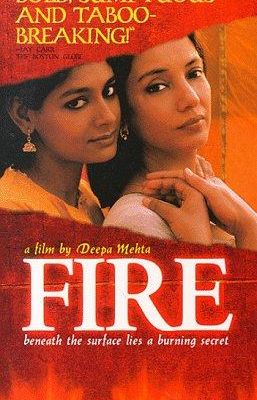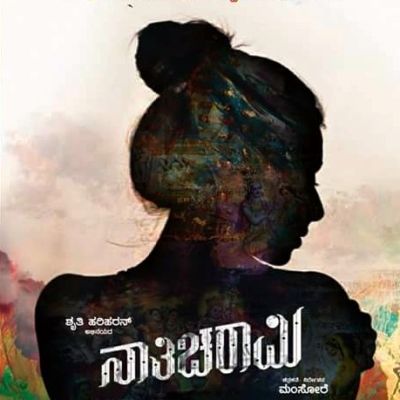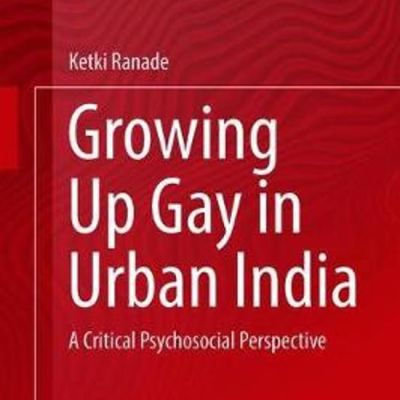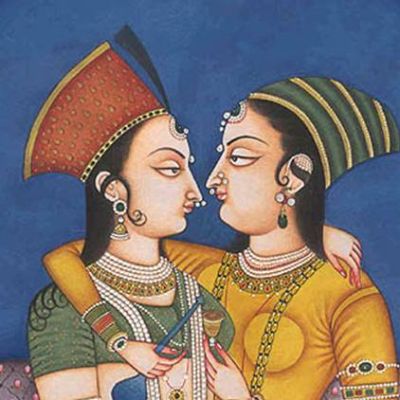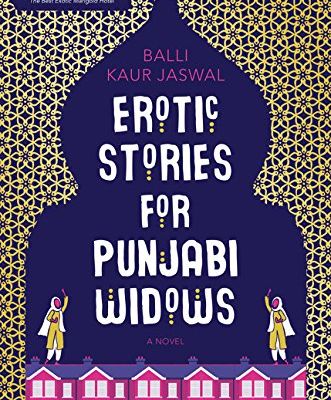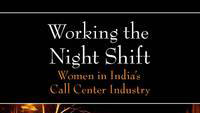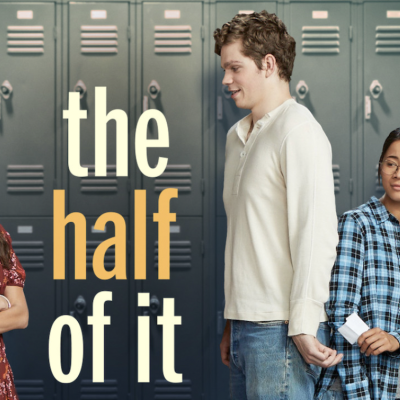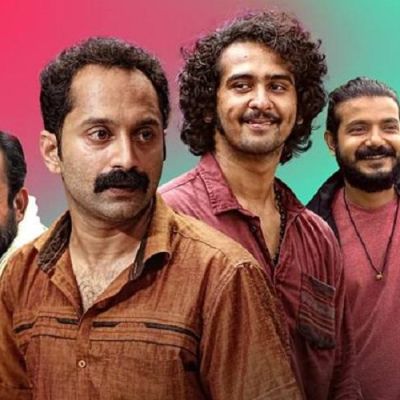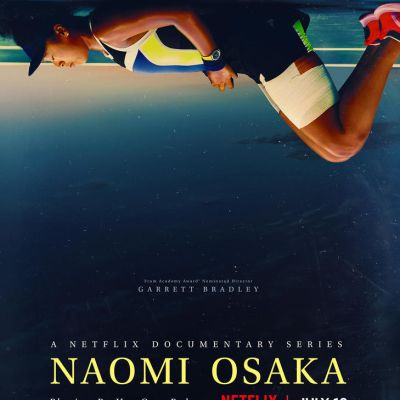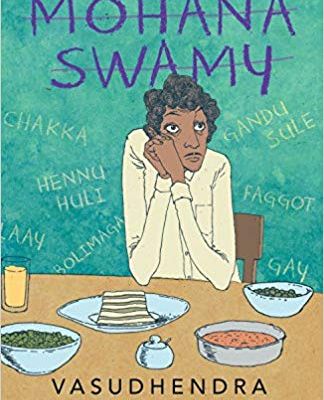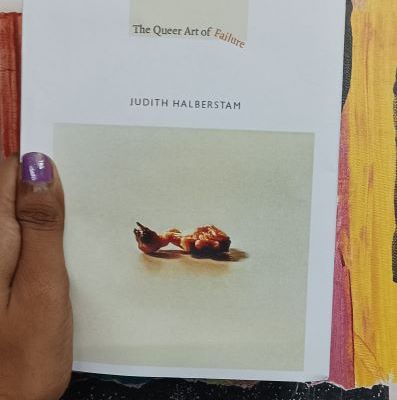Review
Fire served as a seminal piece of media in my life for that reason, not only because of its queer themes and normalisation of LGBTQ+ relationships but because of how it normalises the pursuit of pleasure as a fundamental part of us, and not something we should be ashamed of.
Nathicharami takes sexuality and sexual desire away from upper-class, Gucci-clad women and makes its viewers acknowledge its existence in the lives of women (middle-class wives and widows, in the case of this film) who are invisibilised, both in the society they live in and as subjects of popular content.
The concluding chapter reiterates the aims of the book, i.e., “to start critical conversations within the disciplines of psychology, social work, childhood studies, and family studies in India and to think about exclusions inherent in these disciplines.
उर्दू शायरी की एक पूरी शैली है, ‘रेख़्ती’, जो औरतों के नज़रिये से लिखी गई है और जिसमें औरतों की ज़िंदगी और भावनाओं की बात होती है। ये ‘रेख़्ता’ का उल्टा है, जो कि मर्द के नज़रिये से लिखा गया साहित्य है।
उनकी सेक्सी कहानियों में आनंद और फैंटसी का चित्रण पूरी तरह औरतों की इच्छाओं पर केंद्रित हैं।
The book ‘Working the Night Shift: Women in India’s Call Center Industry’describes the different spatial and temporal conditions that are…
The Half of It is beautiful because it brings out the insecurities of teenagers who want to fit in with the world around them and are confused about their feelings which might be the diametrical opposite of what is socially expected.
Kumbalangi Nights is a beautiful glimpse into how masculinities are performed and what it does to the men performing them, as well as to their relationships.
Naomi Osaka has been in the news recently for pulling out of the Tokyo Olympics, refusing to do media interviews…
As someone who was surrounded by the sounds of music at home from my early childhood and with a parent who worked in rural education programmes, forming connections between art and (social) change wasn’t too difficult, albeit extremely challenging to explain to many other people who didn’t necessarily see the power that art has to deliver a message or be used as a tool for change.
The rape and murder of a young woman in New Delhi on December 16, 2012, left the Indian public consciousness…
Allred’s story is important because it shows us how an individual used her knowledge, power, and position to challenge the legal system in demanding rights and equality, especially for women and LGBTQ+ people.
Through its vivid and raw depictions of socio-cultural life in rural Karnataka, the author, Vasudhendra, a key voice in contemporary Kannada literature, brings forth his identity in all its intersecting dimensions, through the inclusion of class, caste, religion, gender, rural-urban location, education and language.
The book is especially remarkable for readers of both Indian English and Kannada literature, for amplifying the voice of sexual minorities in Indian towns and villages.
In a world where queerness is looked at as failure, The Queer Art of Failure allows for many possibilities to make sense of these failures.

